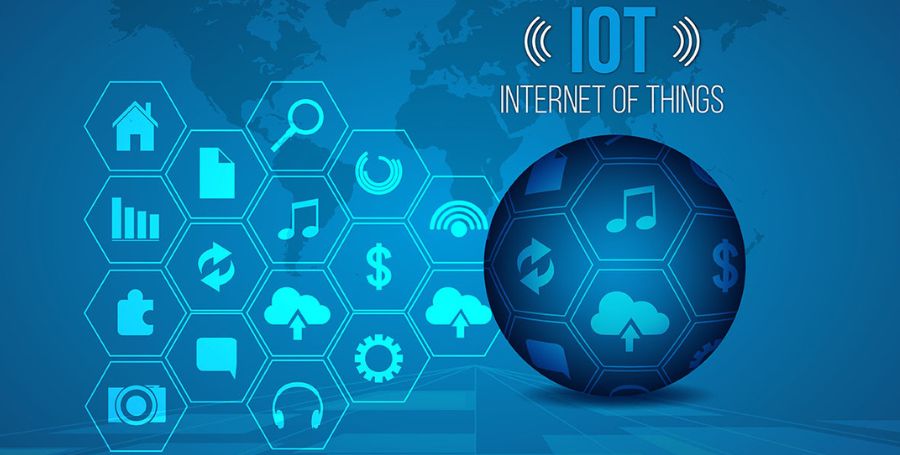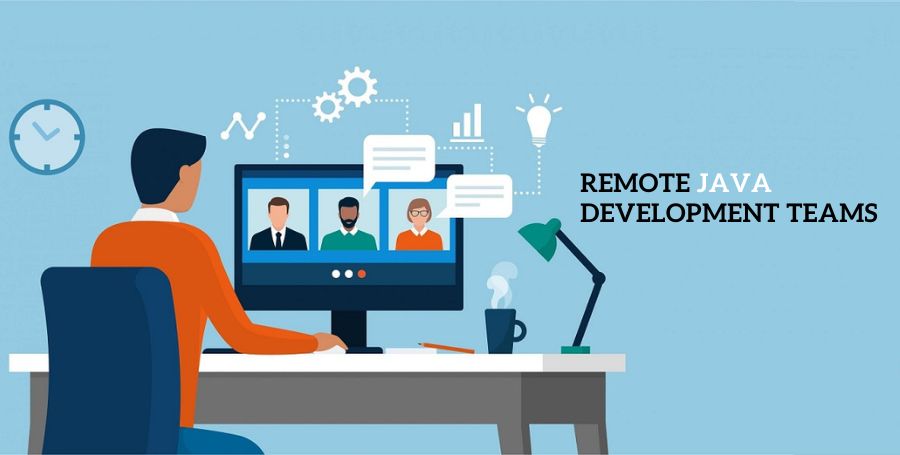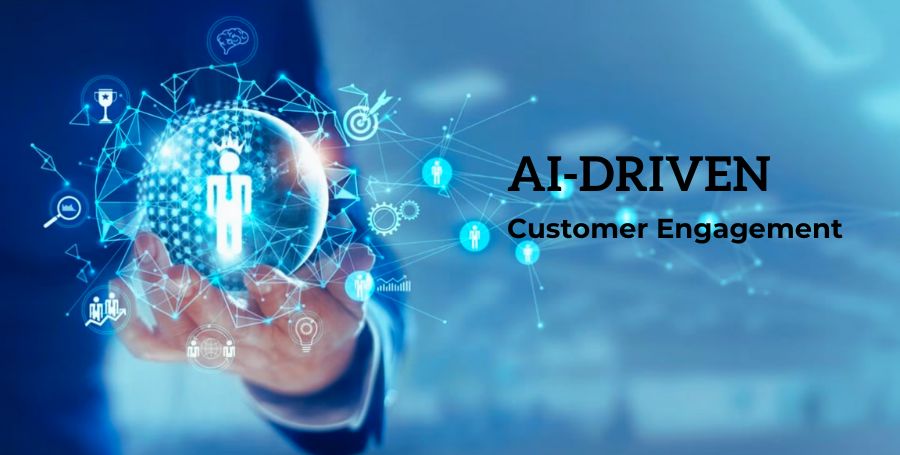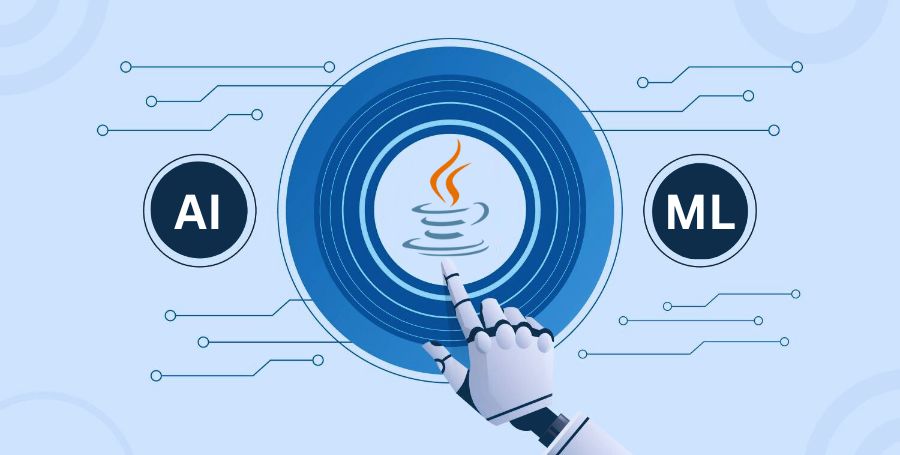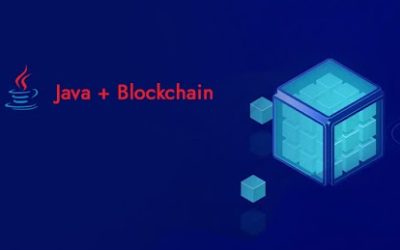In the ever-evolving landscape of programming dialects, the arrival of Java 19 presents potential pitfalls for designers and organizations considering new elements, enhancements, and migrations. Relocating to another form of Java includes cautious preparation and thought of different elements to guarantee smooth progress. In this exhaustive investigation, we will dive into the fundamental interesting points prior to relocating to Java 19, covering key perspectives like similarity, new highlights, execution upgrades, and best practices.
Frames the Key Contemplations
Grasping the Movement Exertion
Before migrating to Java 19, it is important to evaluate the work in question. Prophet offers a Java Movement Examination highlight in the Java The board Administration for Java SE Endorsers and Prophet Cloud Framework clients. This help includes a detailed investigation of the work expected to be migrated from a more experienced JDK variant to a newer one, with specific reports indicating the required changes.
Downloading the Most recent JDK
Guarantee that you download and introduce the most recent JDK discharge from the authority Java SE Downloads page. It is the most important phase in setting up your current circumstance for the migration.
Charset Contemplations
Since JDK 18, UTF-8 is the default character set used by the Java SE API on single working framework. If your application is running in an environment where the encoding is unique to UTF-8, you need to explore further using the framework property file encoding to set the correct charset.
Running Your Program Prior to Recompiling
Your application is scheduled to run on the most recent JDK release before recompiling. Most code and libraries should work without modification, however, some may require a refresh. Focus on instructions from the JVM about old VM options.
Refreshing Outsider Libraries
Outsider libraries might should be refreshed to be viable with Java 19. It’s ideal to recognize and overhaul these libraries as a feature of the relocation process.
Accumulating Your Application if necessary
In the wake of refreshing outsider libraries, accumulate your application with the furthest down the line JDK to guarantee compatibility.
Utilizing jdeps on Your Code
Run the jdeps tool on your code to check for any conditions that might be affected by the relocation. This apparatus distinguishes any static and dynamic conditions on JDK internals.
Relocation is Iterative
Recollect that moving is an iterative interaction. You have to run your program, update libraries, and assemble your application in line to resolve every issue that arises during the migration.
Similarity Appraisal
Prior to leaving on the relocation venture, evaluating the similarity of existing code with Java 19 is significant. Existing applications and libraries might have conditions or elements that are deplored or eliminated in the new form. Use apparatuses like the Java Similarity Pack (JCK) and static investigation instruments to recognize expected issues and guarantee that the codebase is prepared for the relocation.
Seeing New Highlights
Java 19 presents new elements and improvements that might influence how applications are created and executed. Find out more about the delivery notes and documentation to grasp the augmentations in Java 19. Elements, for example, design matching for switch proclamations, upgraded help for records, and updates to the Venture Loom simultaneousness model are remarkable features that can decidedly impact code quality and engineer efficiency.
Execution Upgrades
Evaluate the performance upgrades known from Java 19 and determine how they fit your application’s objectives. Java’s persistent endeavors to improve execution, diminish memory impression, and streamline execution speed are pivotal contemplations for applications requiring high versatility and responsiveness. Survey what these enhancements might mean for your particular use cases.
Library and System Similarity
Guarantee that the libraries and systems utilized in your undertakings are viable with Java 19. A few libraries might require updates or fixes to line up with the progressions presented in the new variant. Check with the particular library maintainers for data on similarity and any necessary changes. This step is fundamental to forestall unforeseen issues during or after the movement interaction.
Security Contemplations
Security Elements in Java 19
Look at the security highlights and improvements presented in Java 19. Survey how these elements line up with your java application’s security necessities and whether they address a particular weaknesses present in prior Java forms.
Prescribed procedures for Secure Turn of events
Support security best practices among your advancement group. Give preparing on secure coding rehearses and underscore the significance of complying with security rules during the relocation interaction. A proactive way to deal with security limits the gamble of weaknesses in the refreshed codebase.
Construct and Persistent Combination (CI) Cycles
Form Apparatus Similarity
Update your construct devices, like Expert or Gradle, to help Java 19. Alter assemble designs to incorporate the new variant and guarantee that the form cycle stays reliable across various improvement conditions.
CI Pipeline Reconciliation
Coordinate Java 19 into your consistent reconciliation pipeline. Update CI designs to incorporate robotized testing with the new Java adaptation, guaranteeing that each code change is entirely tried for similarity and usefulness before arrangement.
Designer Preparing and Mindfulness
Preparation Projects
Arrange preparing projects to acclimate your advancement group with Java 19. Cover subjects connected with new elements, best practices, and expected difficulties. Give both booked instructional meetings and admittance to online assets for consistent learning.
Engineer Mindfulness Drives
Lay out drives to make mindfulness among engineers about the movement cycle. Lead inner studios, energize information sharing, and construct a unified information base where engineers can find data and arrangements connected with Java 19 relocation.
Reinforcement and Rollback Plans
Meaning of Rollback Methods
Demonstrate clear mechanisms for reversing movement in case of fundamental problems. Distinguish clearly designated points in the restore cycle where rollbacks can be initiated. Ensure that the rollback cycle is seamless and can be executed quickly if necessary.
Normal Reinforcement Practices
Rehearse general reinforcement for both codebase and design. Schedule reinforcement before a significant shift toward restoration of attention proceeds. Variant control frameworks and robotized reinforcement devices can help keep codebases cluttered past.
Local area Backing and Documentation
Dynamic People group Commitment
Connect effectively with the Java people group to look for help and direction. Take part in discussions, mailing records, and local area driven stages to share encounters, clarify some pressing issues, and remain refreshed with the most recent data connected with Java 19.
Documentation Survey
Consistently audit official documentation given by the Java people group. Add to documentation by sharing bits of knowledge, best practices, and arrangements found during the relocation cycle. Documentation fills in as a significant asset to your group and the wider designer locale.
Observing and Execution Tuning
Execution of Checking Arrangements
Conduct thorough testing responses to track your java application’s performance in the Java 19 environment. Use observing instruments to catch measurements connected with reaction times, asset use, and blunder rates.
Consistent Execution Tuning
Lay out a consistent execution tuning process in light of experiences assembled from checking. Proactively upgrade code and designs to address any presentation bottlenecks. Consistently audit and change tuning techniques in light of advancing application prerequisites.
Expostulated and Eliminated Highlights
Java 19 may deprecate or remove certain components that were available prior to the variant. Isolate and address the use of censored highlights in your codebase, as they may depend on evacuation in later deliveries. By being proactive and refreshing code as needed, you can future-proof your Java application development and avoid concurrency issues in subsequent Java Forms.
Testing and Quality Affirmation
Thorough testing is fundamental while moving to another Java form. Directly carefully test your java application’s usability, implementation and security perspectives in the Java 19 climate. Influence robotized testing apparatuses and structures to smooth out the testing system and recognize potential issues from the get-go in the movement cycle. It guarantees a solid and stable java application post-relocation.
Develop and Tireless Blend (CI) Cycles
Update your collect and CI cycles to oblige Java 19. Ensure that your create gadgets, similar to Master or Gradle, support the new transformation. Change CI arrangements to recollect Java 19 for the testing and association pipelines. Reliable coordination practices are basic for staying aware of code quality and perceiving issues every step of the way in the headway lifecycle.
Designer Preparing and Mindfulness
Put resources into preparing and mindfulness programs for your improvement group. Familiarize designers with new elements, best practices, and potential pitfalls related to Java 19. Giving extensive preparation guarantees that the group is exceptional in using the advantages of the new variant and addressing any movement-related issues actually.
Reinforcement and Rollback Plans
In spite of cautious preparation, startling issues might emerge during the relocation cycle. Layout reinforcement and rollback intend to return to past Java renderings in case of fundamental problems or unforeseen difficulties. Having a separate roll back system limits the impact of potential disruptions and ensures faster recovery.
Conclusion
Migrating to Java 19 requires careful preparation and consideration of various variables, including the work in question, character set changes, external libraries, and code conditions. By observing the rules mentioned above, associations can ensure smooth progress in the latest version of Java.
